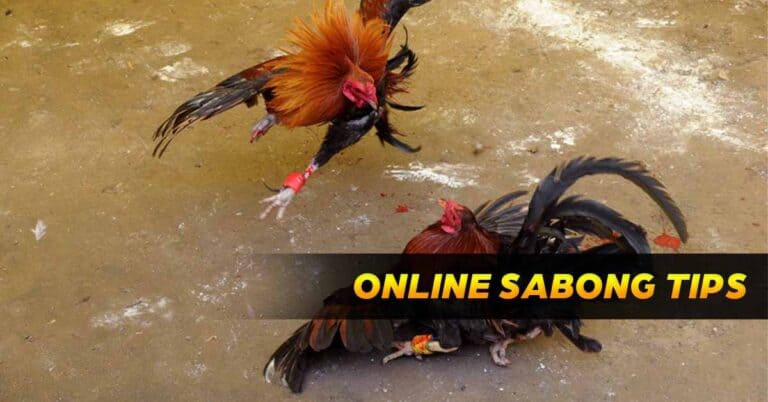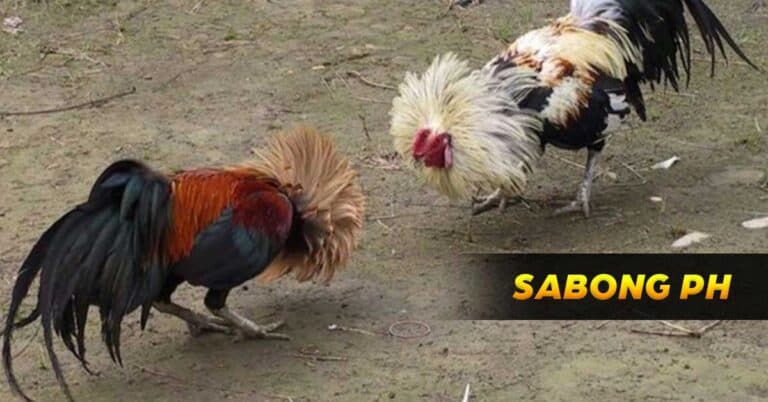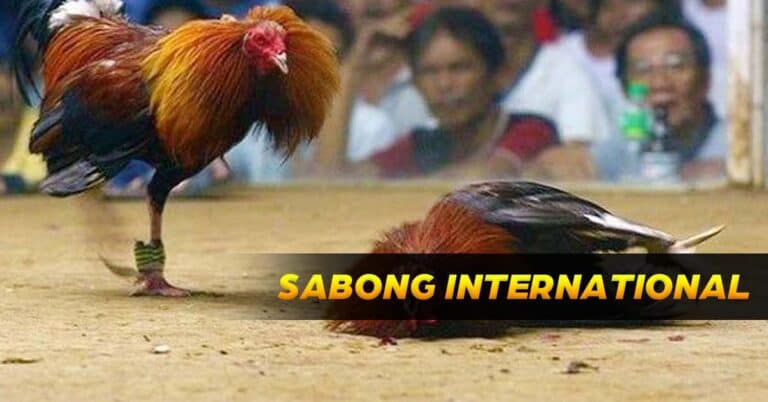The Best Sabong Breeds: A Guide for Beginners
Sabong, or cockfighting, is a popular and traditional sport in the Philippines. It involves two gamecocks fighting against each other in a ring, and the winner is determined by the death or incapacity of the opponent. Sabong enthusiasts are always looking for ways to improve the performance of their birds, and one of the most important factors is the breed of the gamefowl.
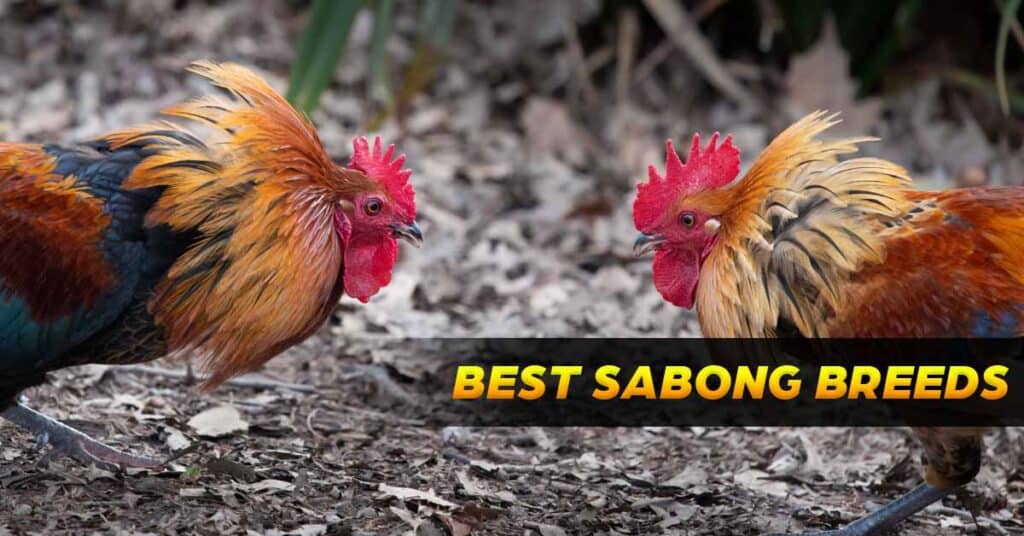
There are many breeds of gamefowl used in sabong, each with its own characteristics, strengths, and weaknesses. Some breeds are native to Southeast Asia, while others are imported from other parts of the world. Some breeds are purebred, while others are crossbred to create new strains. In this article, we will discuss some of the most popular breeds of gamefowl used in sabong, and what makes them suitable for the sport.
American Gamefowl
American gamefowl are gamecocks that originated in the United States. They are recognized for their swiftness, agility, and remarkable endurance. They are also very intelligent and can adapt to different fighting styles. Some of the most popular American gamefowl breeds used in sabong are:
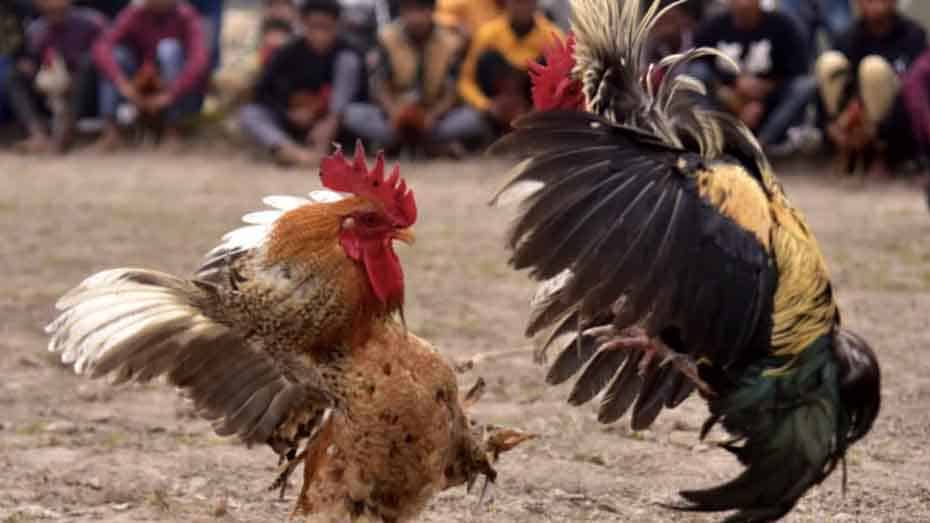
Sweater
This breed was developed by Carol Nesmith and is known for its frequent wins in cockfighting. Sweater roosters have spiky bodies and usually have yellow or white legs. They are aggressive, fast, and have strong resistance. They can fight well in the air as they are flying breed chickens.
Kelso
This breed is considered a classic in sabong and was developed by Walter Kelso. Kelso roosters are smart and like to dodge before attacking. They are also fast and powerful and can evade the attacks of their opponents. They usually have yellow or white legs, but white-legged ones are preferred.
Hatch
This breed was developed by Standard Hatch in the early 20th century and is one of the most recommended American gamefowl breeds. Hatch roosters are good for crossbreeding with other gamefowl breeds. They are fast and strong and do not tire easily. They are suitable for long fights. They usually have round and yellow heads, with yellow-green legs.
Oriental Gamefowl
Oriental gamefowl are gamecocks that originated in Asia, especially India. They are known for their strength, courage, and fighting ability. They can inflict damage to their opponents with their feet. Some of the most popular Oriental gamefowl breeds used in sabong are:

Asil
This breed is native to India and is also known as Aseel or Asli. Asil roosters have black and red bodies, with yellow legs. They are strong fighters and can improve the fighting quality of other gamefowl breeds when crossbred with them. However, they tend to bite a lot in fights, which can prolong the fight before knocking out their opponent.
Shamo
This breed is native to Japan and is also known as Japanese Game or O-Shamo. Shamo roosters have large and muscular bodies, with thick legs and necks. They are very aggressive and fearless fighters. They can withstand heavy blows from their opponents and deliver powerful strikes with their feet.
Thai
This breed is native to Thailand and is also known as Siamese Game or Pradu Hang Dam. Thai roosters have slim and tall bodies, with long tails and necks. They are very fast and agile fighters. They can dodge and attack quickly with their feet.
Crossbred Gamefowl
Crossbred gamefowl are gamecocks that are produced by mating two different purebred or crossbred gamefowl breeds. The purpose of crossbreeding is to create new strains of gamefowl that have desirable traits from both parents, such as speed, strength, intelligence, endurance, etc. Some of the most popular crossbred gamefowl breeds used in sabong are:
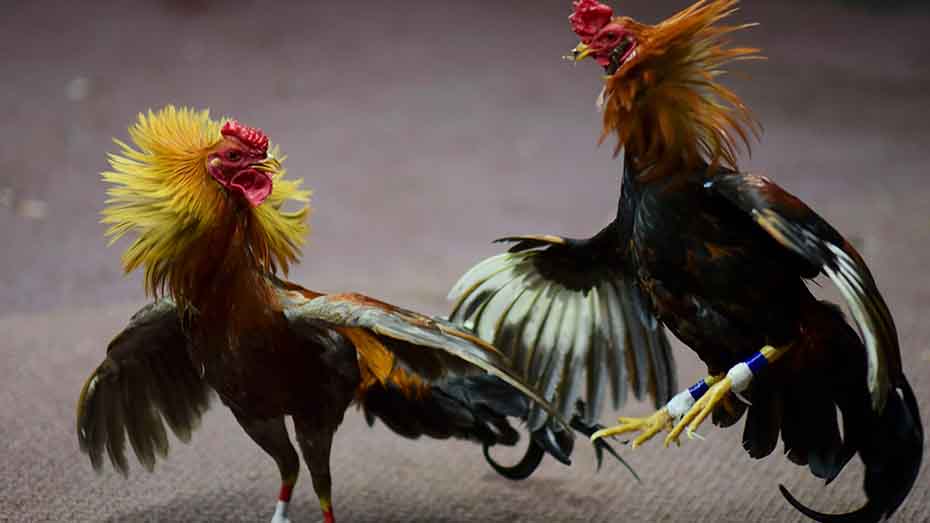
Roundhead
This breed is a cross between American and Oriental gamefowl breeds, such as Hatch x Asil or Kelso x Shamo. Roundhead roosters have round heads and usually have peacombs (a type of comb that lies flat on the head). They are natural-born killers and can fight well in any style. However, they need to be bred carefully to avoid producing low-quality offspring.
Lemon
This breed is a cross between American gamefowl breeds, such as Sweater x Kelso or Hatch x Kelso. Lemon roosters have yellowish feathers and usually have white legs. They are fast and smart fighters and can adapt to different situations.
Grey
This breed is a cross between American and Spanish gamefowl breeds, such as Hatch x Spanish or Kelso x Spanish. Grey roosters have greyish feathers and usually have green legs. They are aggressive and powerful fighters and can fight well in the ground.
How to Care for Best Sabong Breeds Properly?
In addition to recognizing the best sabong breeds, breeders must also grasp the art of maintaining their roosters for optimal strength and health. Breeders typically concentrate on refining a single breed, employing crossbreeding as part of the process. This journey involves continuous experimentation with chicken diets, vitamin supplements, and crossbreeding choices. Regardless, all breeders need to address the following aspects to ensure the well-being of their gamefowl:
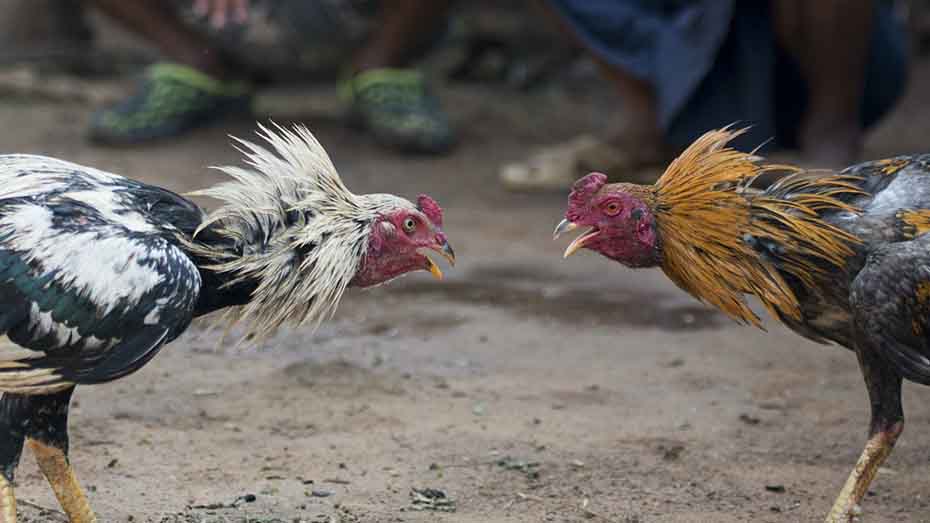
Each of these elements is crucial for maintaining roosters in a fit and robust condition. Even if someone possesses the finest gamefowl breed, neglecting proper care will hinder their success in the arena.
FAQs
Conclusion
In conclusion, the world of sabong is a tapestry woven with diverse breeds, each contributing unique traits to this traditional Filipino sport. The selection of breeds, whether agile American gamefowl or powerful Oriental varieties, shapes the dynamics of the arena. Yet, the essential thread that binds them all is the commitment to diligent care. Breeders’ nurturing, encompassing nutrition, training, and attention to health, transforms these roosters into champions. Sabong thrives not just on the ring’s intensity but on the intricate interplay of breed qualities and meticulous care, honoring tradition while aspiring to excellence.











